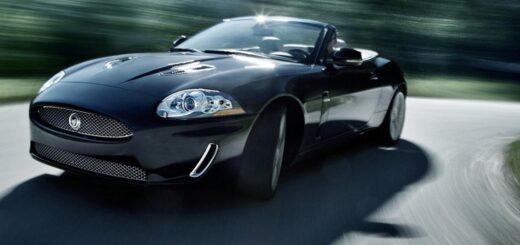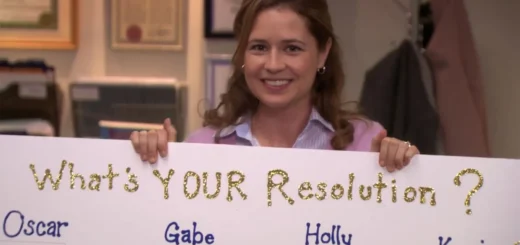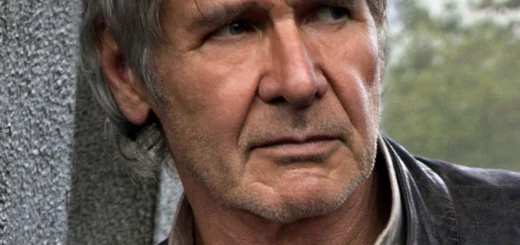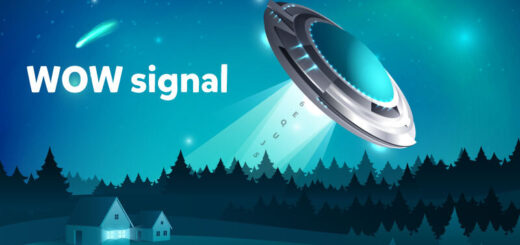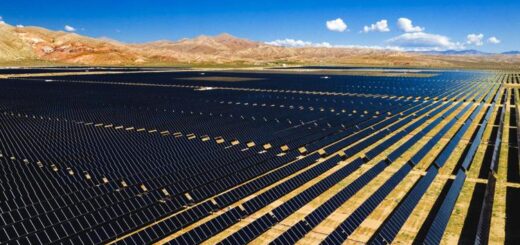“How Times Square Became the Epicenter of New Year’s Eve Celebrations”

As the highly anticipated night of the year drew closer, Adolph S. Ochs found himself in need of fresh entertainment for his upcoming New Year’s Eve event. For three consecutive years, the New York Times publisher had illuminated the skies above Manhattan with a midnight fireworks display launched from the rooftop of his newspaper’s towering 25-story headquarters. The dazzling pyrotechnics had captivated the 200,000-strong crowd that thronged the intersection around Broadway and 42nd Street—recently renamed Times Square after its iconic tenant. However, the concern over hot ashes descending upon the revelers led New York City officials to forbid the fireworks from heralding in 1908.
Ochs, undeterred by setbacks, was not one to back down easily. His extravagant New Year’s Eve celebration had successfully diverted crowds from the conventional festivities in Lower Manhattan, where New Yorkers traditionally gathered to hear the tolling bells of Trinity Church mark the arrival of the new year. Nevertheless, deprived of the fireworks spectacle, Ochs faced the challenge of conjuring a new attraction to entice the masses to assemble in the outskirts of Times Square for the upcoming New Year’s Eve celebration.
The chief of The New York Times discovered his inspiration at the Western Union Building downtown, where a sizable metal ball, measuring three-and-a-half feet in diameter, descended from the building’s pinnacle daily at noon, signaling the time. Nearby city residents would peer out of horse-drawn carriages and windows, craning their necks upwards as the sun reached its zenith. Any rare malfunction in this operation became the talk of the town and fodder for newspapers.
Deciding to infuse a new essence into the beloved city tradition, the New York Times publisher set his sights on reimagining the “time ball” to mark the arrival of 1908. As the masses poured out from theaters, restaurants, and streetcars into Times Square on December 31, 1907, all eyes turned upwards to behold a magnificent orb crafted from wood and iron, adorned with a hundred glowing electric light bulbs atop the Times Tower.
Amidst the countdown to bid farewell to 1907, laborers skillfully maneuvered ropes and pulleys to gradually lower the 700-pound ball down the flagpole crowning New York’s second-tallest building. Diverging from the function of other time balls like the one at the Western Union Building, this sphere atop the Times Tower signified the time upon completing its descent, not when it began moving. As the ball reached the base of the flagpole, the digits 1908 illuminated on the skyscraper’s parapet, heralding the advent of the new year.
The descent of the ball sparked, as described by The New York Times, an “exuberant human commotion of noise.” Revelers blew horns, clanged cowbells, and motorists in their modern automobiles joined in with horn honks. Along the Hudson River, steamships echoed this jubilation with whistles—a fitting tribute considering the maritime origins of the time ball itself.
Well before its prominent role in the New Year’s Eve festivities, this device was originally conceived as a method for ensuring precise timekeeping at sea—a critical necessity for navigation and determining longitude. In port cities, the traditional practice of firing guns or ringing bells at noon proved too imprecise for sea captains recalibrating their marine chronometers. To offer a more reliable visual reference for ships in port, the first time balls were erected in Portsmouth, England, in 1829 and at the Royal Observatory in Greenwich, England, in 1833, during the era when Great Britain held sway as the world’s foremost maritime power.
Usually situated at the highest vantage points within cities, these brightly hued globes would ascend to the top of poles and be released precisely at a designated time—typically at noon, marking mean solar time when the sun reached its zenith. The utilization of time balls extended to the United States in 1845, notably with the placement of one atop the U.S. Naval Observatory in Washington, D.C.
The proliferation of time balls grew further following the introduction of telegraphy, enabling naval observatories to transmit current times to other cities. Historian Alexis McCrossen, author of “Marking Modern Times: A History of Clocks, Watches, and Other Timekeepers in American Life,” notes, “All significant port towns eventually adopted time balls, particularly post-Civil War.”
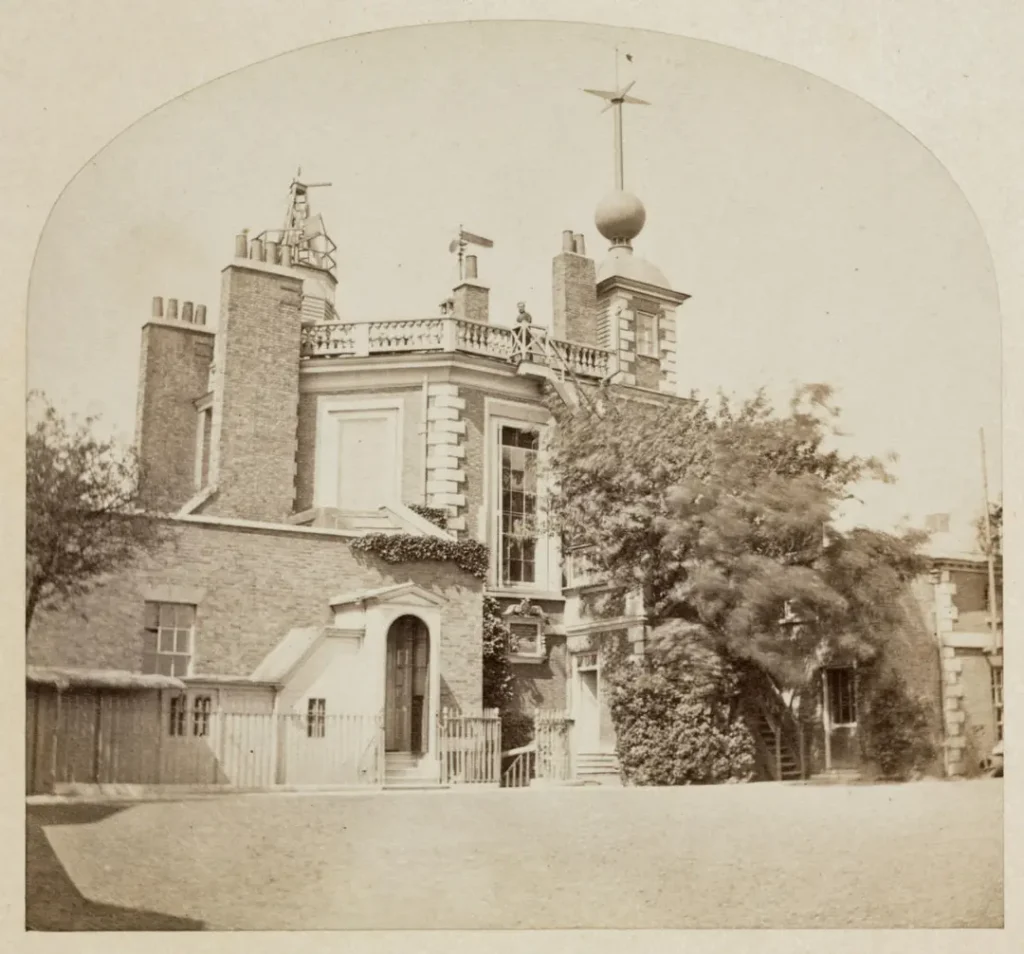
Despite seeming archaic or perhaps unnecessary compared to the prevalent presence of clocks on churches and civic structures, McCrossen asserts that time balls were, in fact, regarded as modern symbols of precision. “In the first decade of the 20th century, any resident of an American city would have recognized the significance of a time ball. Having one represented a forward-thinking attitude,” she notes.
Gradually, these timekeeping orbs emerged in inland cities like Crete, Nebraska, and there were proposals to install one atop the Washington Monument. Even at the time of the introduction of the ball drop in Times Square, time balls remained operational at significant sites, spanning from the Executive Office Building near the White House in Washington, D.C., to San Francisco’s Ferry Building. The time ball in the nation’s capital stayed in operation until 1936 when advancements in radio communication rendered it obsolete.
The endurance of the time ball well into the 20th century can be partly attributed to the spectacle it offered. “Much like the excitement around the time ball in Times Square, there was an anticipatory thrill associated with it,” McCrossen observes. “The anticipation and wait for the ball to drop—it’s not the same as expecting bells to chime. There’s a magnetic pull to an orb perched atop a pole.”
The tradition of the ball drop from the Times Tower swiftly cemented itself as a New Year’s Eve staple. It persisted even after the New York Times relocated to a new building nearby in 1913 and was only halted in 1942 and 1943 due to World War II dim-out restrictions in New York City, necessitated by the presence of German submarines.
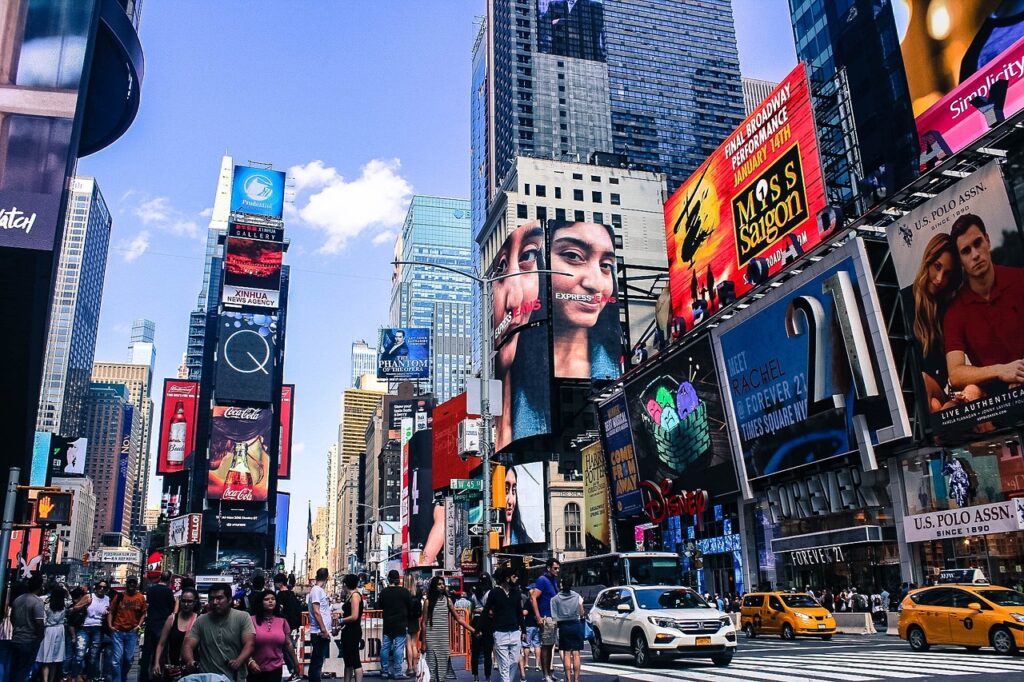
The ball itself has been through numerous makeovers in the decades since its debut, and is now in its seventh iteration. It was converted to iron in 1920 and aluminum in 1954. During the 1980s, the ball was dressed up as an apple for the “I Love New York” advertising campaign. In 1995, it became a glitter ball worthy of Studio 54 when it was covered with 10,000 rhinestones. For the dawn of the millennium, organizers crafted the largest crystal ball in the world, and in 2007 added LED lighting to allow the geodesic sphere composed of 2,688 Waterford Crystal triangles to change colors and patterns like a kaleidoscope.
More than a century after the first ball drop, the job of lowering the six-ton sparkling orb is now computerized and timed to an atomic clock to ensure that it completes its descent precisely at midnight—much to the delight of the one million people in Times Square who welcome the arrival of the future through a signal from the past.




